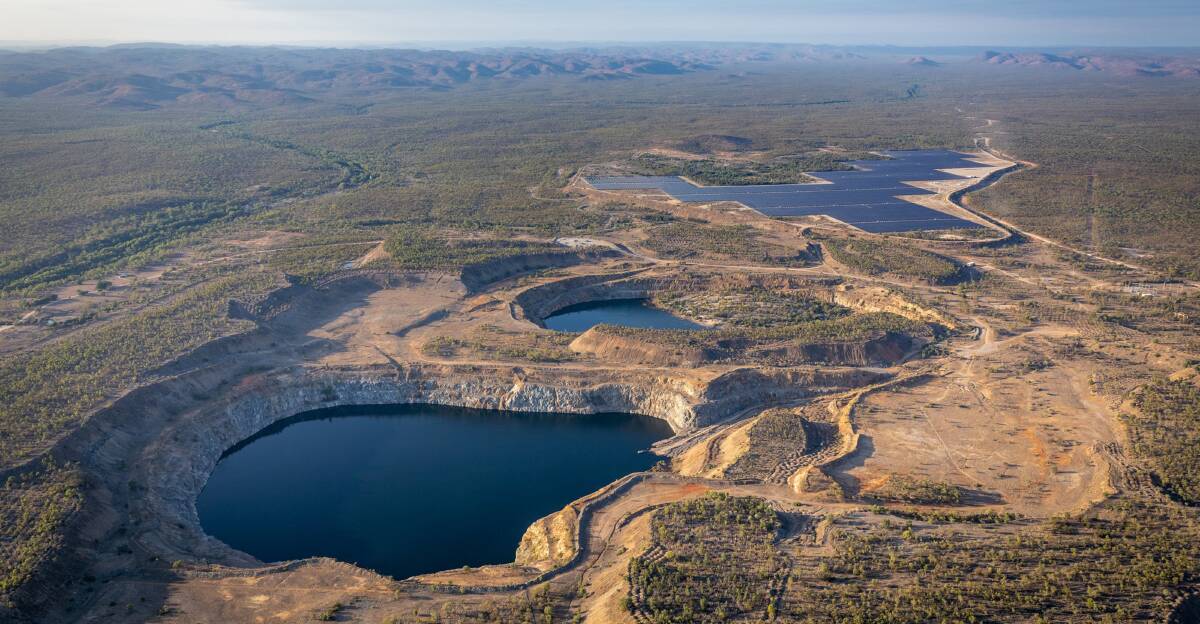
CLIMATE change, coal mining, renewables and the power grid. Between them, they've been the subject of some of this country's most heated political debates over the past few decades.
Subscribe now for unlimited access.
or signup to continue reading
Yet last Monday, when the Berejiklian government released the latest chapter of its emerging renewables strategy - the NSW Electricity Infrastructure Roadmap - there was strong support across the board from a range of interest groups, and very little in the way of serious criticism.
The loudest concerns were raised by the Australian Energy Council - the peak body for the big generators and retailers - which argued that NSW was effectively going it alone without Canberra in trying to reform a national market.
ELECTRICITY INFRASTRUCTURE ROADMAP MAJOR POINTS
- Coal supplies three-quarters of NSW electricity
- Four of the state's five power stations to shut in 15 years
- Solar and wind cheapest replacement but 'intermittent' nature means spare power needs storing
- Snowy 2.0 plus 1.5 times that amount of pumped hydro needed to 'balance' grid
- New high voltage transmission lines needed to feed state from large scale inland energy 'farms'
- New bureaucracy including Energy Corporation of NSW and Consumer Trustee
- Cost estimated at $32 billion in private sector investment encouraged by new energy rules including long term contracts of 20 years more
Roadmap legislation - the Electricity Infrastructure Investment Bill - was introduced to parliament on Tuesday by Energy and Environment Minister Matt Kean.
Some 19 MPs rose to speak on the proposals in debate on Wednesday and Thursday, many noting agreement across the chamber on the thrust of the Bill.
MPs from electorates outside the three formally earmarked Renewable Energy Zones (REZs) - and that includes the power generating and industrial areas of the Hunter, the Central Coast and the Illawarra - have put up amendments to have have them included.
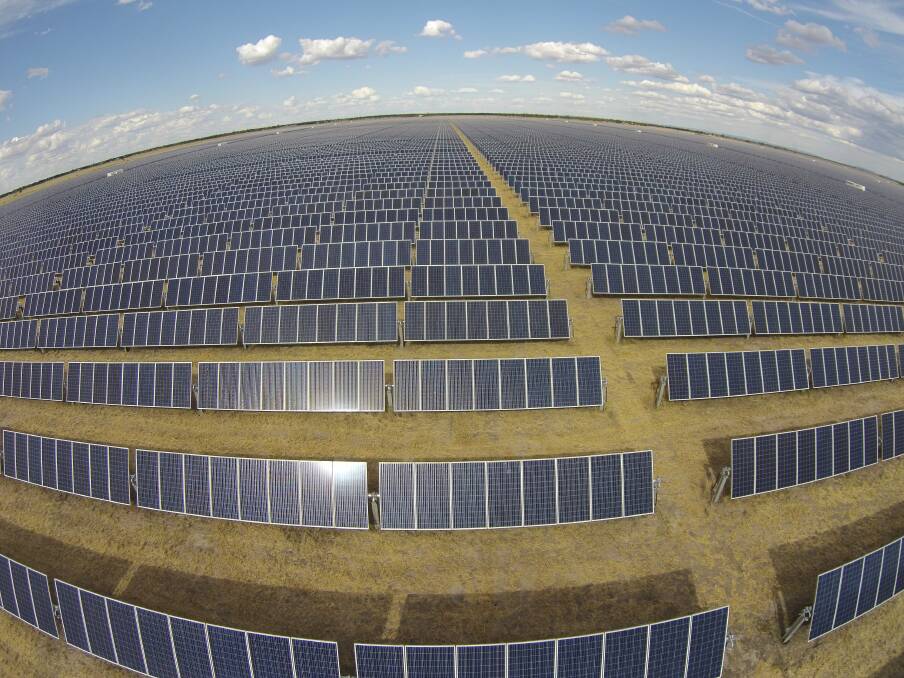
Other suggested changes centre on maximising Australian content and local employment.
Debate on the bill is set to resume this week, while Labor in the upper house wants a "call for papers" to uncover documents since January 1 concerning a broad range of REZ issues.
Overall, however, the Labor opposition, the Greens, Independent NSW MPs, environmental groups, big electricity users and consumer representatives have all endorsed the basic premise of the Roadmap, which draws on a body of reform and legislation that the government and its planning bureaucracy has been working on for some time.
Much of this work is detailed at an online hub, energy.nsw.gov.au. As well as detailing the Roadmap, the Energy Hub links to another six "related" policies, including a NSW Transmission Infrastructure Strategy and a Pumped Hydro Roadmap, both from December 2018.
These documents are crucial to last week's announcements. In a nutshell, the government plan is to progressively replace the state's coal-fired power stations - with literally dozens of solar and wind farms built largely in isolated areas of NSW.
That's the easy part. In 2020, solar and wind power is almost universally regarded as cheaper to generate than coal-fired power.
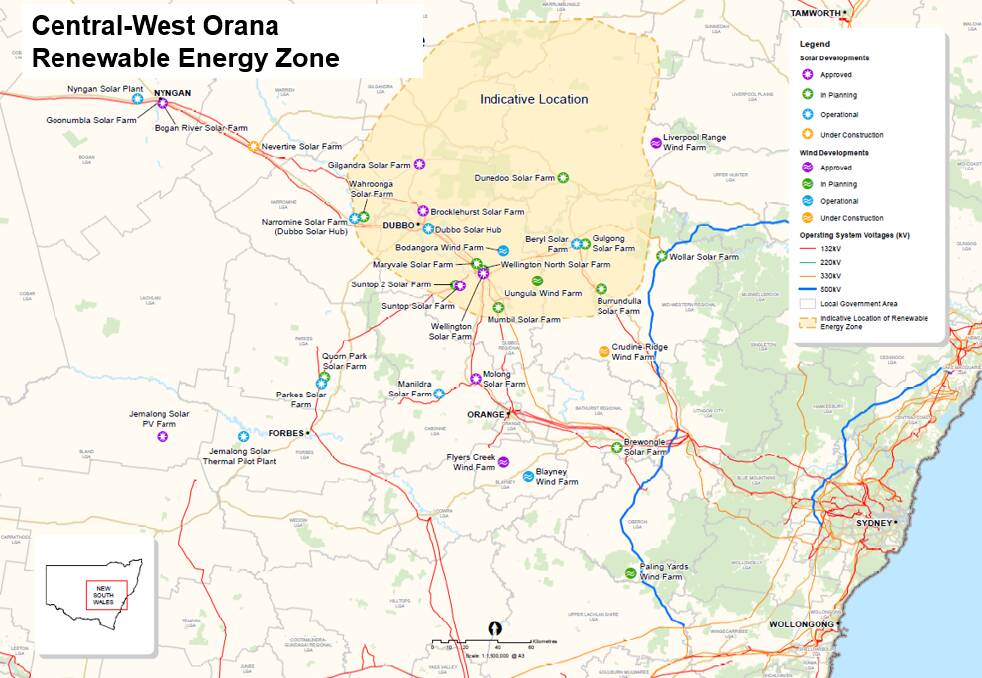
But because the sun doesn't shine at night, and the wind doesn't blow all the time, Roadmap puts the effective "efficiency" of solar and wind farms at abound 30 per cent.
As the Roadmap makes clear, the intermittent nature of renewable power means a renewable grid needs the capability to produce much more power during the day than is typically consumed, so that surplus electricity can be stored - either as electrical energy in batteries or potential energy in a dam above a water turbine - so that it can be used later on when the sun isn't shining and the wind isn't blowing.
Although batteries and gas-fired peaking plants are mentioned in the Roadmap, the bulk of the "firming" power - to supplement the grid when renewables aren't producing enough, and as the coal fired stations are progressively retired - is to come from pumped hydro.
Hydroelectric power in Australia has largely been "on river": the Snowy, the Shoalhaven and Queensland's Wivenhoe, are examples.
The heart of the NSW plan, though, is for "off river" storage, such as in the two dams in the photograph above of the former Kidston gold mine.
The Roadmap uses Australian Energy Market Operator (AEMO) figures to say that at least another 2.3 gigawatts of pumped hydro capacity, or 1.1 times the amount promised with the Snowy 2.0 project, will be needed, as the big baseload stations are progressively switched off.
The Roadmap also makes it clear the existing grid is not designed to accept "distributed" power from dozens, if not hundreds, of solar or wind farms, especially if those farms are to be built in the first two Renewable Energy Zones (REZs) announced in the Roadmap: the Central West/Orana and the New England.
The grid was built more or less the other way around: to shift power out from a centralised cluster of power stations in the Hunter and Central Coast regions.
To effectively "flip" the network, the Roadmap says as much as 11,000 kilometres of new power lines - much of it high voltage transmission - will be needed.
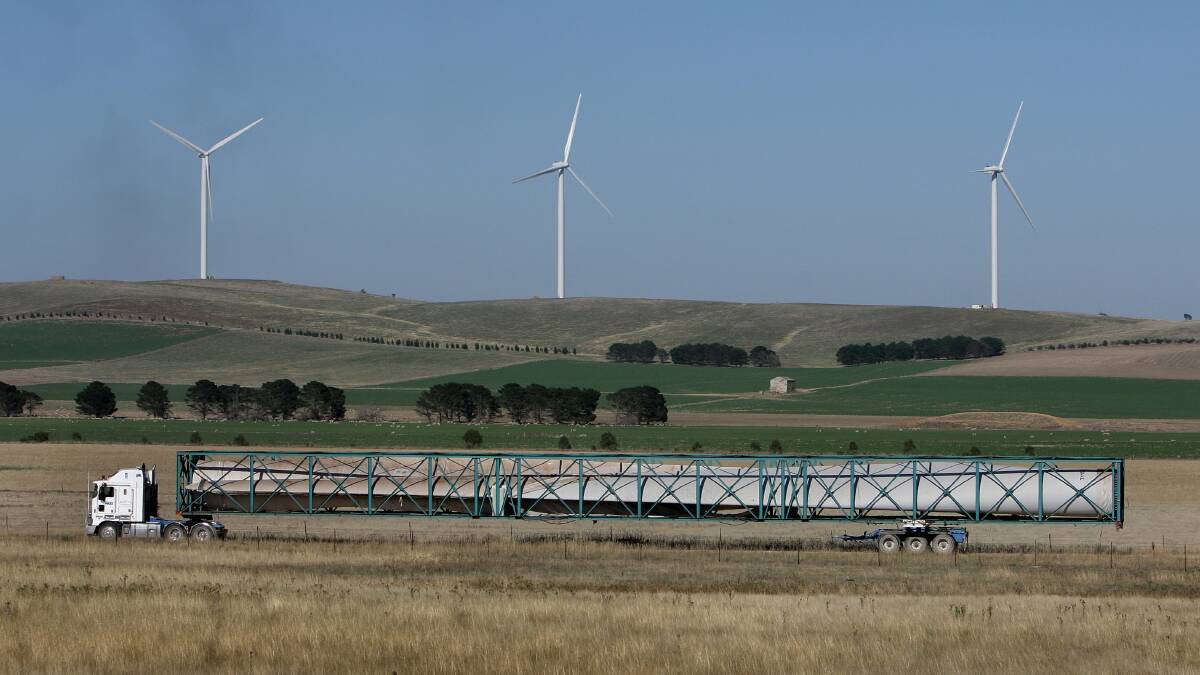
Both the Roadmap and the 2018 transmission strategy say that only about in 20 proposed solar or wind projects are able to connect to the grid as it stands.
"Moving from coal to a firmed mix of wind and solar is a complex investment and coordination task," the Roadmap says.
"For example, to replace the Eraring power station's 2880MW of capacity will require in the order of 50 wind and solar developments, assuming an average capacity of 200 megawatts per project and an average capacity factor of 30 per cent."
The Roadmap projects various figures out to 2042 but the headline cost estimate, of $32 billion, is the amount needed in the 10 years to 2030 to "maintain a reliable, secure and affordable supply" of power to the state.
The government says work must start now, with Liddell, Vales Point, Eraring and Bayswater all scheduled to shut within 15 years, leaving Mount Piper as the only coal-fired station.
"We might even have less time, given the growing risk of mechanical failure as plants age," Mr Kean told parliament last week.
"In Texas it took nine years to build a renewable energy zone.
"Pumped hydro projects take up to eight years.
"So, given the early stage and uncertainty of national reforms, we need to continue on the current path rather than delay."
READ THE ORIGINAL REPORTS
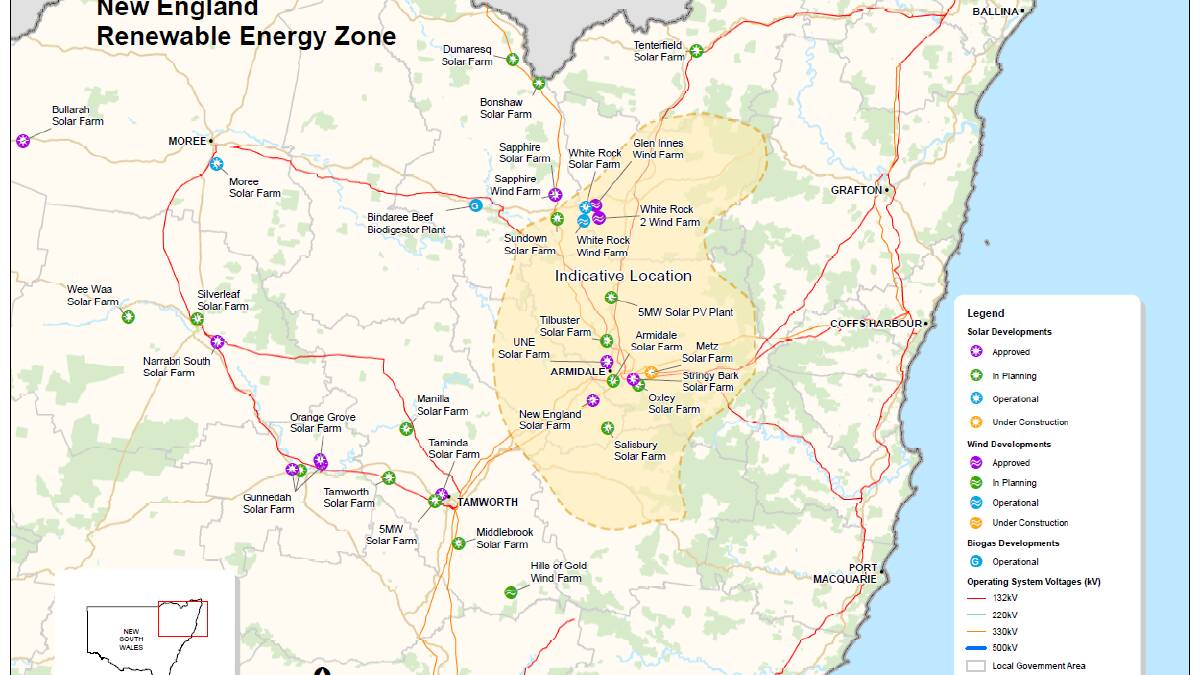
While you're with us, did you know the Newcastle Herald offers breaking news alerts, daily email newsletters and more? Keep up to date with all the local news - sign up here
IN THE NEWS:


